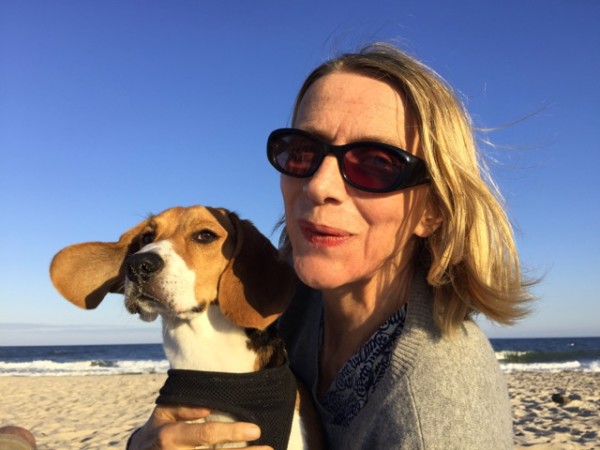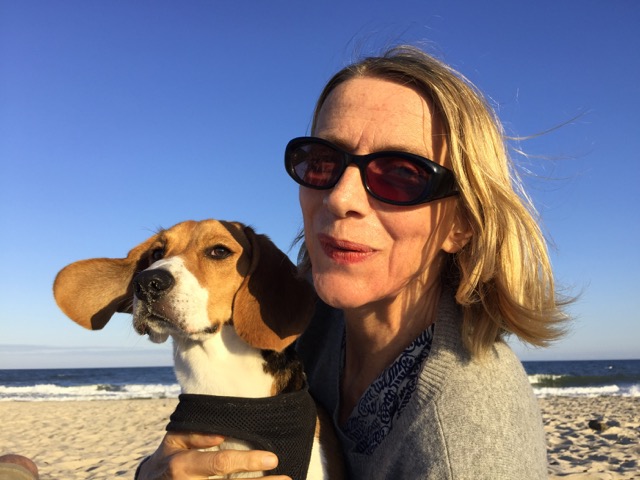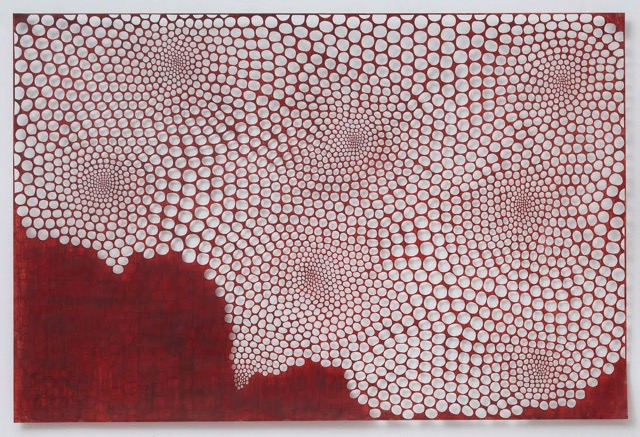Eva Faye, Artist, Thanks To Scandinavia Scholar 1983-84


You have a Nordic soul. You are an artist. You are interested in dualities. That’s a lot of information already. Who are you?
I am a Norwegian born artist. I grew up in Bærum, on the outskirts of Oslo, surrounded by nature. My goal is to reflect the inner nature of things in my art, as I like to phrase it. I see my work as part memory, part dream, part observation.
You are a recipient of the Thanks To Scandinavia scholarship. Could you tell me how that came about?
It was the Norwegian – American Association in Norway that recommended me as an alternative candidate for the Thanks to Scandinavia scholarship. I am very grateful to have received the grant for the academic year 1983-84! This grant was a tremendous reward for me as a financial assistance and for the academic recognition. I graduated with a BFA from Parsons School of Design, and MFA from Hunter College.
What kick started your interest in the arts?
I was interested in art from a young age. Encouraged by my family and teachers, I started my art studies in Paris attending Ecole Superieure d’Arts Graphiques for 2 years. I then transferred to Parsons School of Design, which had just opened a branch in Paris. It was a good move for me as I realized I would then be able to complete my senior academic year in New York.
It was during my year at Parsons in New York that I knew I wanted to pursue painting and I was advised by my professors to apply to the MFA program at Hunter College. The MFA program at Hunter was and still is a highly valued fine arts graduate program. The time at Hunter gave me the foundations for the work I am currently doing.
The National Gallery of Art in Oslo has acquired one of your works. Congratulations!
Thank you! It is a great recognition. The love of drawing was always with me. Drawing is still an important part of my paintings on vellum, which I am currently focusing on. The organic patterns in white relates to memory, an inner recollection of things, of growing up in Norway surrounded by nature and spending winters cross country skiing following endless tracks.
As it turns out, my grandfather, who died when I was very young, also painted and worked as a decorator. He decorated exclusive homes and theatres in New York for 25 years. My Finnish great aunt was also an artist as were other relatives who worked in the creative field. It runs in the family!
What is your work process?
Initially I was layering sheets of vellum to form a picture in combination with oil paint and pencil drawing. When I started puncturing the surface with pins and needles, I discovered a new world of possibilities. Currently I am giving more emphasis on the painted surface, in addition to drawing. I am cutting patterns based on what I see in nature and in architecture. The work is usually mounted an inch or two away from the wall, allowing light to penetrate the cut vellum that will then cast shadows on the wall’s surface, adding another dimension to the work.

oil with cuts on vellum, floating 1/2″ off the wall, 25″ x 38″
Collection Parrish Art Museum, Watermill, New York
Your work titles are abstract: Permeable Fields, The White Show, Subtlety in the Age of Spectacle, Points of light, Organic being . . . White is a recurring theme in your art.
I have always been interested in dualities: light and shadow, order and chaos, the search for my own reality. “Organic Being”, which was the title of the series of charcoal drawings I exhibited at the Drawing Center in Norway, are based on observations from nature. What interested me was how the lines and shapes I discovered were directly connected to the body, but also to micro universes. Based on these drawings, I moved on to painting on linen. These works would eventually lead to a collection of paintings called “the White Series”.
I am interested in transparencies in my work, layering the paint on linen or working on transparent surfaces, creating light. White has been a recurring theme in my work.
I am passionate about art, but I also have developed a love of music. I grew up listening to opera because my mother sang in the Norwegian National Opera Chorus. I remember as a child being backstage at the Opera, working there as a dresser during my High School years when I worked shifts and dressed the soloists singers and dancers. I watched and listened night after night the same performance from backstage. I got to know the operas and ballets intimately.
Music in many forms is an ongoing inspiration as I continue to make repetitive patterns. I am fortunate to live in a culturally vibrant city like New York, where opera is very much accessible!
What statement are you making in art and life?
My work is a search for an internal state of mind, a place for introspection and discovery with symmetrical and asymmetrical centers. I am inspired by patterns found in nature, in architecture. As a matter of fact, I have found that architects tend to be drawn to my work.
Has Holocaust – or awareness of the Norwegian Jewish history been part of the conscious narrative within your community?
Although I was born in 1958, ever since I was a child I have been aware of the horrors of the Holocaust. My father, Wilhelm Parr Faye, was part of the Underground Resistance movement in Norway, helping people escape across the border to Sweden. He was one of hundreds of young men who were couriers. I regret not knowing much about his life before he passed away, about his activity in the Norwegian Underground during WWII. The little I know however was that he used an alias, Petter Isaksen. My sister has his identity card. In the case of my father, he would have operated within or near Oslo, but also near the Norwegian border to Sweden. I do recall him talking about delivering messages and also helping people go into hiding, before they tried to escape across the border.
What are your future plans?
I am currently working towards an exhibition in Norway in October. I am looking forward to show my work in Norway again. One of my paintings, from the “White Series“, has been acquired by the Parrish Art Museum in Watermill, New York, and can be found in the museum’s permanent collection. It is currently in an exhibit called Inscapes. It will be on display through the month of November.
Interview conducted by Liv Grimsby, May 2016.